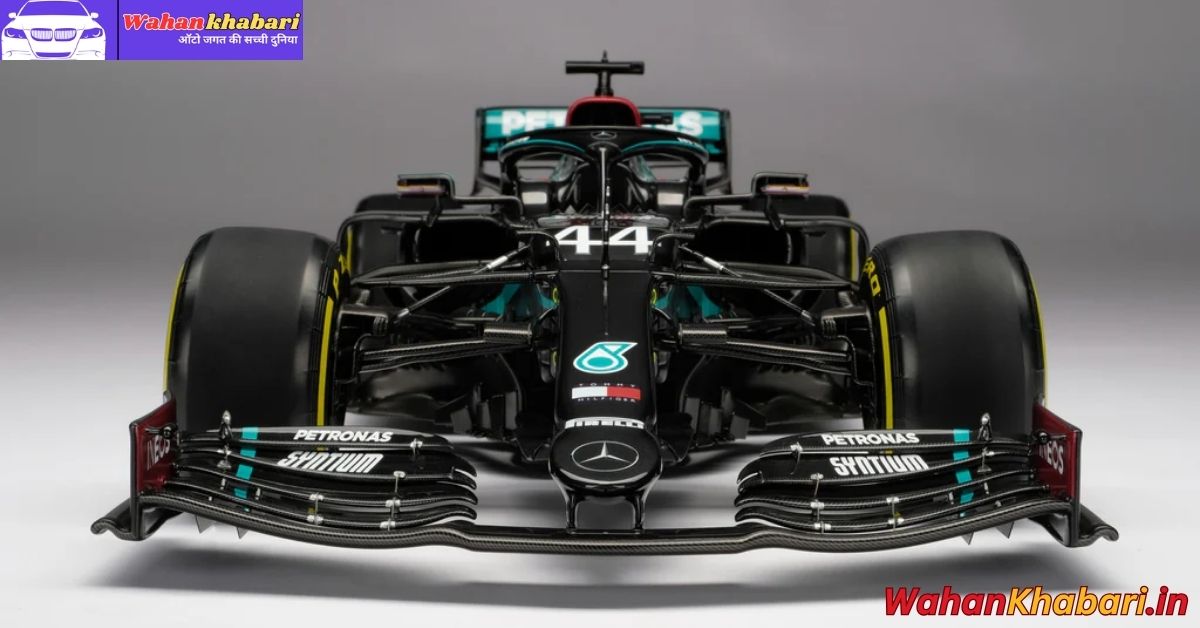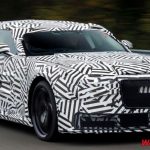In the ever-evolving world of Formula 1, few cars have left as indelible a mark as the Mercedes-AMG F1 W11 EQ Performance. Unveiled in 2020, the W11 was more than just a race car—it was a technological masterpiece that represented the zenith of engineering excellence in the hybrid era. Piloted by Lewis Hamilton and Valtteri Bottas, the W11 not only crushed records but also cemented Mercedes’ dominance in one of the most competitive eras in motorsport history.
The Legacy Behind the Machine
To understand the W11’s importance, it’s crucial to acknowledge its place in a dynasty. Mercedes had already won six consecutive Constructors’ Championships by 2019, and expectations were sky-high for the W11. Despite the immense pressure, the team delivered a car that exceeded all expectations, culminating in a dominant campaign that saw Mercedes claim their seventh straight title—both Constructors’ and Drivers’.
Lewis Hamilton, at the peak of his powers, secured his seventh world title behind the wheel of the W11, equaling the legendary Michael Schumacher. But it wasn’t just Hamilton’s brilliance that carried the season—the car itself was a weapon.
Engineering Marvel: Performance and Innovation
At the core of the W11 was the Mercedes-AMG F1 M11 EQ Power+ hybrid power unit, a finely tuned masterpiece of engineering. This 1.6-liter V6 turbocharged engine, paired with an Energy Recovery System (ERS), delivered around 1000 horsepower, making the W11 not only one of the most powerful but also one of the most efficient cars in F1 history.
The chassis was a refined evolution of its predecessor, with improvements in aerodynamic efficiency, downforce generation, and tire management. But what truly set the W11 apart was its innovative Dual Axis Steering (DAS) system. This revolutionary feature allowed drivers to adjust the toe angle of the front wheels by pushing or pulling on the steering wheel—a move that provided better tire warming and reduced drag on straights. Though controversial, the FIA deemed DAS legal for the 2020 season, and it gave Mercedes yet another tactical advantage.
Dominance on the Track
The numbers tell a story of overwhelming dominance. The W11 competed in 17 races during the pandemic-shortened 2020 season, winning 13 of them—11 by Hamilton and 2 by Bottas. It secured 15 pole positions, set the fastest lap in 9 races, and scored an incredible 573 out of a possible 739 points in the Constructors’ Championship.
At the Portuguese Grand Prix, Hamilton surpassed Schumacher’s record of 91 wins, an emotional and historic moment in F1. Meanwhile, Bottas finished second in the championship, underlining the performance gap between Mercedes and the rest of the field.
Perhaps the most stunning display came at the Styrian Grand Prix in Austria, where Hamilton took pole position by over 1.2 seconds in wet conditions—proof of both his driving mastery and the car’s exceptional balance and grip.
Beauty and Purpose in Design
Aesthetically, the W11 stood out with its sleek black livery, a powerful statement in support of the Black Lives Matter movement and Mercedes’ commitment to diversity and inclusion. Beyond its social significance, the new livery emphasized the aggressive lines and aerodynamic sculpting of the car, which was as visually striking as it was effective on track.
The black livery also served a functional purpose—by incorporating new thermal coatings, the team managed to optimize cooling and weight distribution, further enhancing performance.
Challenges and Triumphs
Despite its dominance, the W11 faced challenges. The shortened and compressed 2020 calendar meant less time for setup and testing, demanding adaptability from both car and team. Some circuits were new or hadn’t been raced in years, like Mugello and Imola, yet the W11 adapted seamlessly.
Tire degradation at high-energy tracks like Silverstone and the unexpected chaos at races like the Sakhir Grand Prix (where George Russell temporarily replaced Hamilton due to COVID-19) showcased that even the most dominant machines aren’t immune to bad luck and racing drama.
Still, the W11’s consistent superiority over the field made it arguably the most complete Formula 1 car ever built.
The Final Word
The Mercedes W11 wasn’t just fast—it was revolutionary. From its powertrain to its aerodynamics and even its social message, it represented the pinnacle of what Formula 1 engineering could achieve at the time. It was a car born from relentless innovation, crafted by one of the most efficient teams in sports history, and driven by one of the greatest drivers the sport has ever seen.

Hello, my name is Muskan Kumari and I am an experienced Digital Marketer. I have been blogging for the last 3 years and I have special interest in SEO. Here I give you easy bikes and writes easy-to-understand reviews and news about the latest bikes, helping readers choose the best options.. My aim is to always provide you with accurate, new and useful information.










